One of the most crucial moments of your baby’s life occurs in the first few years. It’s essential to be careful of your feeding choices for your child during this period. It’d be best to keep several things in mind, such as the foods’ nutritional benefits and health dangers.
Can Babies Eat Jello? Babies around six months old can eat jello, but it’s worth noting that it contains little nutritional value. Jello also contains excessive amounts of sugar and potentially harmful ingredients.
It helps to know the safety concerns regarding this gelatin-based treat before giving them to your child. If you’re hesitant to feed jello to your baby and still want to provide them with a snack they can enjoy, there are healthier alternatives you can try.
Can Babies Eat Jello? (Safety Concerns)
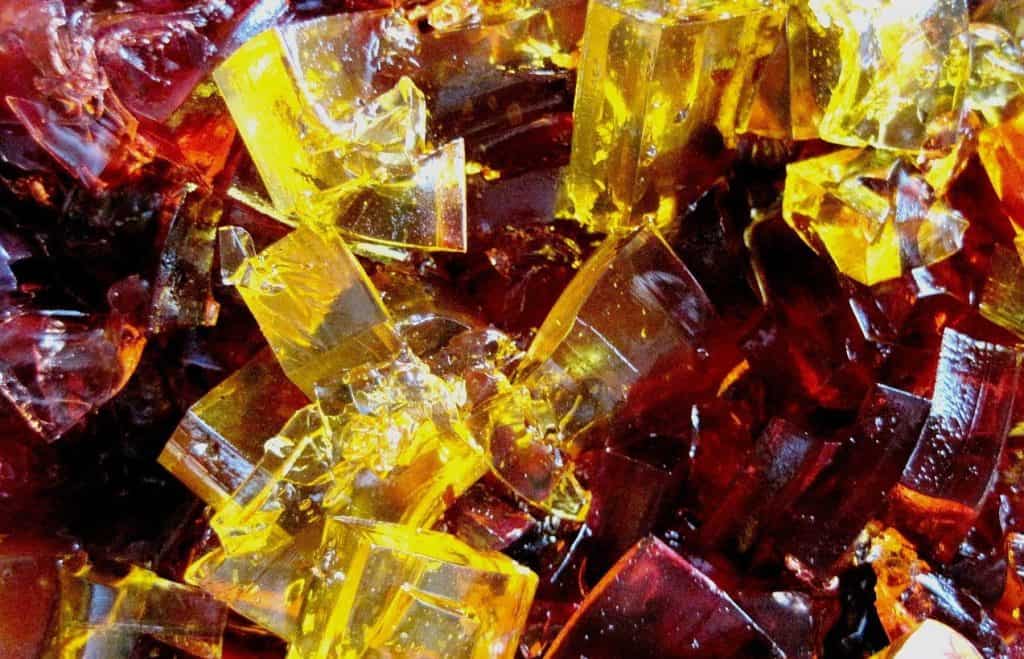
1. It Has No Nutritional Value
Jello is a popular treat advertised as “America’s most favorite dessert” in 1902. It’s sweet, refreshing, easy to prepare, and fun to eat due to its jiggly texture, making it a fvorite by many. It has been a staple in American dinners, barbecue parties, and picnics since 1897.
The primary ingredient of this well-loved dessert is gelatin, produced from animal collagen. One can extract collagen from animal hides and bones (usually from pigs and cows) when boiled, dried, treated, and filtered. It’ll be ground into powder and sifted to produce gelatin.
Aside from gelatin, the other ingredients used to make jello are water, sugar or artificial sweeteners, artificial fruit flavoring, and food coloring. To determine if eating jello can be a healthy addition to your baby’s routine, it helps to know this dessert’s nutrition information.
One serving of Jello Gelatin (135g) contains the following:
- Calories: 84
- Total fat: 0g
- Cholesterol: 0mg
- Sodium: 101mg
- Potassium: 1.4mg
- Sugars: 18g
- Total carbohydrates: 19g
- Protein: 1.6g
- Vitamin A: 0%
- Vitamin C: 0%
- Calcium: 0.3%
- Iron: 0.2%
It’s worth noting that the basis of the percent daily values is a 2000-calorie diet.
Jello is fat-free and low in calories, so many parents might think it can be an excellent snack for their children. However, it’d be best to consider jello’s nutritional value. This delicious dessert might fall short of your baby’s dietary needs and harm them in the long run.
2. It Contains Excessive Amounts of Sugar
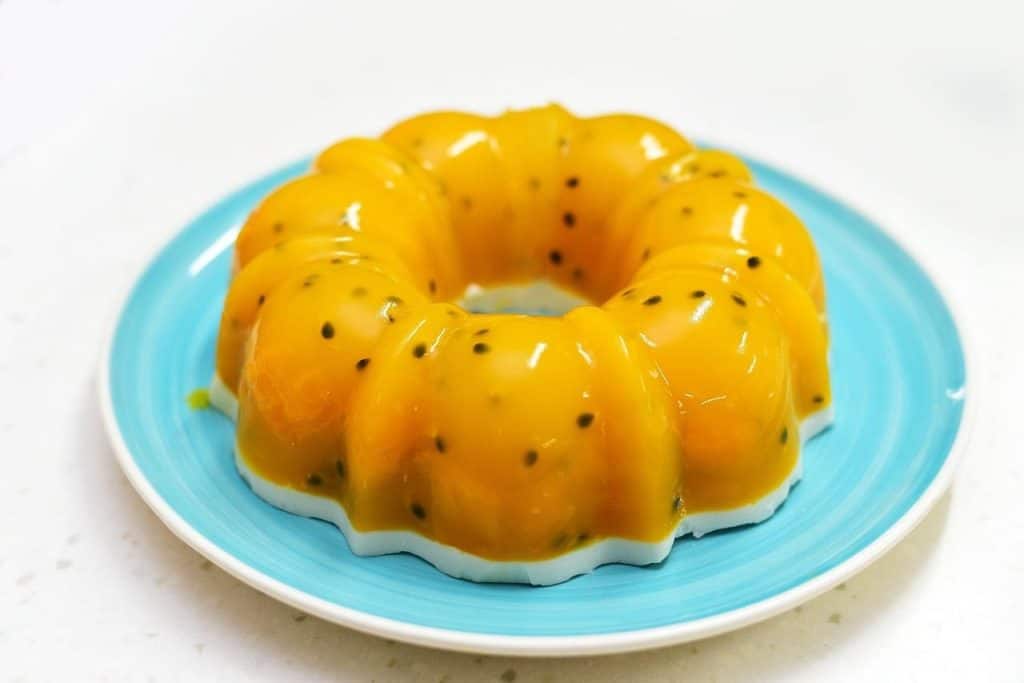
As stated earlier, one serving of Jello Gelatin (135g) contains 18 grams of sugar. According to the American Academy of Pediatrics (AAP), children over two years old mustn’t consume more than six teaspoons (25g) of added sugar daily.
Meanwhile, children under the age of two should avoid consuming any added sugar.
Children below two years old need to consume foods rich in nutrients. Moreover, they’re in a period wherein their taste preferences are still developing.
Several long-term studies report links between added sugar and various health issues like diabetes, obesity, and high blood pressure. If children get used to eating excessive amounts of sugar like jello, they’ll likely crave food with high sugar content.
Depending on the amount of added sugar a child ingests consistently, they can be prone to a higher risk of Type 2 diabetes, prediabetes, and insulin resistance. Aside from the long-term dangers, too much sugar daily might affect your baby’s mood and hyperactivity levels.
Some might argue that there’s sugar-free jello available in the market. If you’re wondering if these are better than regular jello, take note of the nutrition facts of one serving of Jello Sugar-Free Orange (60g):
- Calories: 12
- Total fat: 0g
- Cholesterol: 0mg
- Sodium: 29mg
- Potassium: 0.6mg
- Sugars: 0g
- Total carbohydrates: 2.5g
- Protein: 0.5g
- Vitamin A: 0%
- Vitamin C: 0%
- Calcium: 0.1%
- Iron: 0%
The basis of the percent daily values is a 2000-calorie diet. Even though sugar-free jello has fewer calories than regular jello, the absence of nutritional benefits doesn’t change. Therefore, it’s best to think twice before giving sugar-free jello to your child.
3. It Contains Potentially Harmful Ingredients
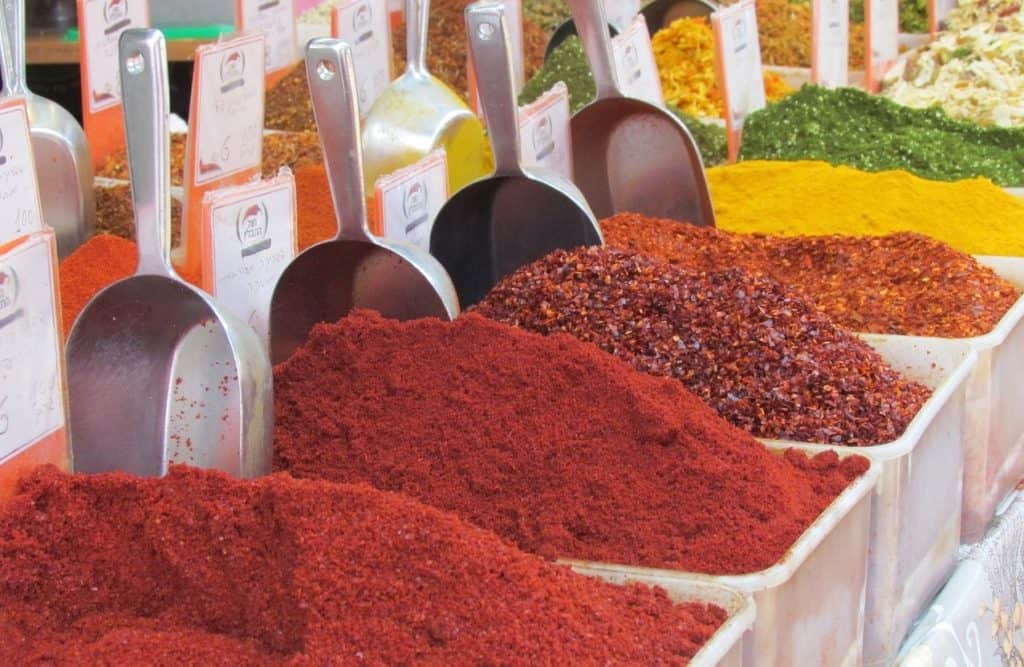
Manufacturers often use artificial food additives (e.g., artificial flavors, artificial sweeteners, and food dyes) to produce jello. Although food safety authorities allow artificial food additives, researchers recommend conducting more detailed studies.
A 2018 study published in the Brazilian Journal of Biology explored the toxicity of synthetic flavorings on tissue cells of rodents. The results revealed that the additives were highly toxic under the conditions of the study.
According to this study, the Brazilian Health Regulatory Agency (ANVISA) stated that consuming flavoring micro-ingredients in low doses doesn’t threaten human health. However, they can cause chronic cellular toxicity when consumed in high amounts.
Just like artificial flavorings, artificial sweeteners are also potentially harmful. One study suggests that some sweeteners might increase an individual’s sugar cravings, compromising their healthy diet.
The sweetener usually used in producing jello is aspartame. The Food and Drug Administration (FDA) in the United States approved the use of this ingredient in food and drinks. However, several studies report on its possible side effects.
A 2017 review of studies shows insufficient evidence to support the popular claim that low-calorie sweeteners like aspartame help people lose weight. Those who consume them regularly might even develop diabetes, heart disease, or stroke.
Most jello also contains artificial food dyes. Several studies associate artificial food colorings with hyperactivity, behavioral changes, hives, asthma, and tumor growth. This subject requires further investigation, but avoiding food dyes in your baby’s diet is advisable.
4. It Can Be a Choking Hazard
Jello is soft but can cause choking, gagging, and minor suffocation, especially among babies below one year of age. Children of this age can still find chewing challenging. If you insist on letting your child eat jello, make sure to mush it and feed it to them in small amounts.
How to Make Homemade Jello
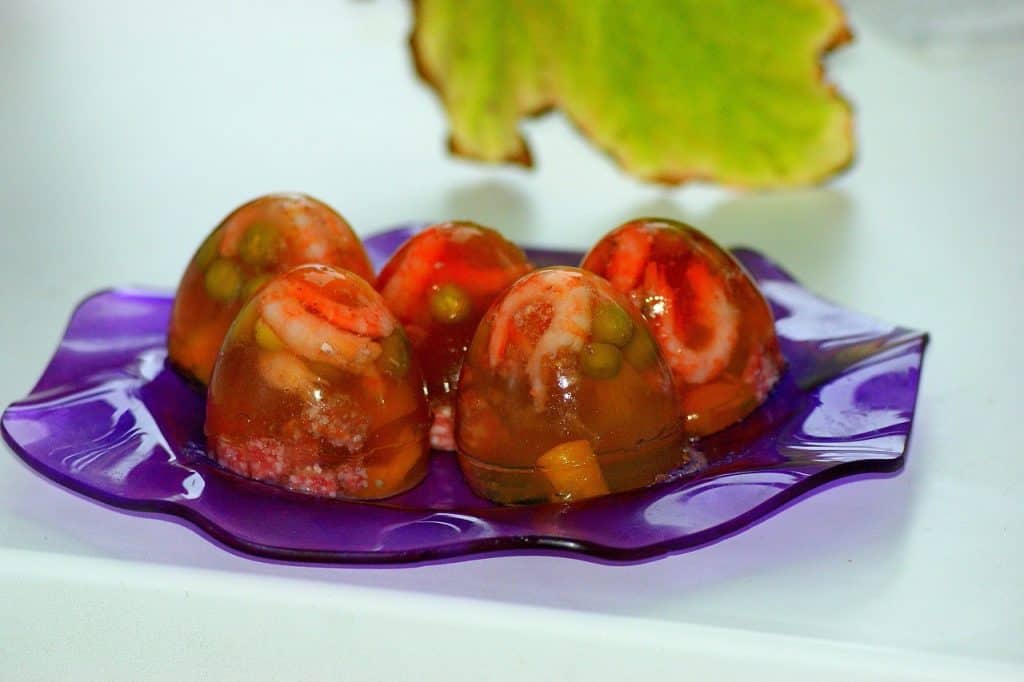
Store-bought jello lacks nutritional value, but you can try making one at home that’s more nutritious. Remember to use as few artificial ingredients as possible. It’s best to make flavoring from natural and organic fruits and vegetables.
Below are the ingredients you’ll need:
- Gelatin powder (or agar powder if you want a vegetarian-friendly jello)
- 100% natural juice (e.g., pomegranate juice or apple juice)
- Fruit (e.g., berries)
- Natural sweeteners (e.g., honey)
Directions
- Put the natural juice in a saucepan over medium heat.
- Add the natural sweetener.
- Slice the fruit of your choice and blend it. Peel the skin and remove the seeds before mixing them in a blender.
- Add the blended fruit to the saucepan, mix well, and let it sit for a minute.
- Add the gelatin powder and stir. Follow the instructions on the package to ensure the perfect liquid-to-gelatin ratio.
- Turn the stove off and put the content of the saucepan in a container.
- Keep it in the refrigerator until you achieve a firm texture.
- Mash the jello well before feeding it to your baby.
Healthy Alternatives to Jello You Should Try
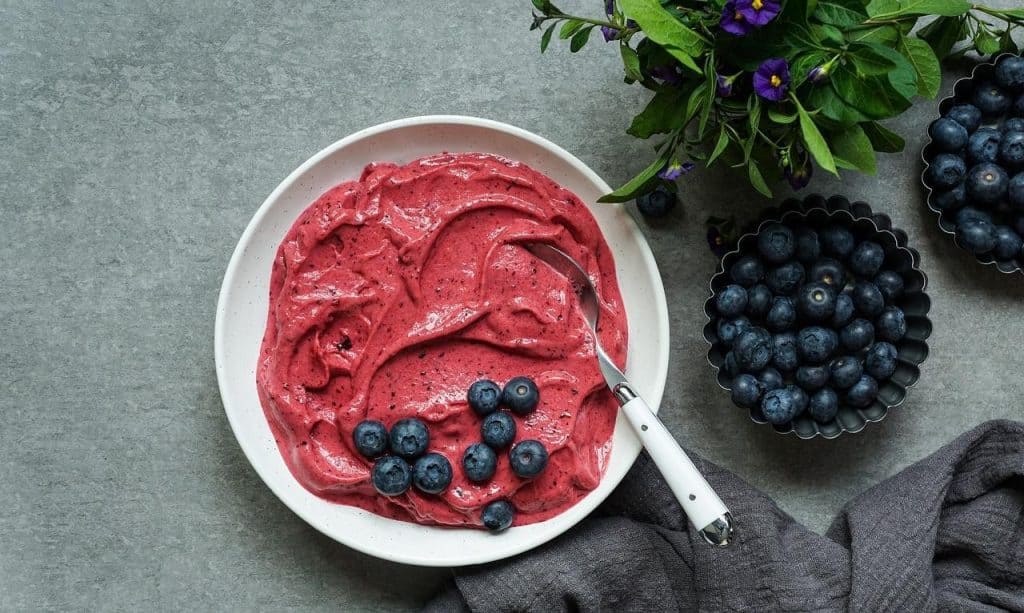
Smoothie Bowl
You can never go wrong with a smoothie bowl made from fresh fruits. It’s a delicious and healthy snack your baby will surely love. To make this, blend two or three fruits, three tablespoons of baby yogurt, and one-third cup water.
Rice Pudding
You’ll only need 100ml of your baby’s milk, three tablespoons of cooked rice, and two drops of vanilla or cinnamon essence. Heat the milk in a pan, add the rice, vanilla, or cinnamon essence, and stir. You can serve it warm or cold.
Plain Mashed Potatoes
Plain mashed potatoes are a simple recipe that’ll surely benefit your baby. Steam cook the sliced potato on medium flame, let it cool and mash it well. If your child is below one year of age, add some water to your puree.
Final Thoughts
Jello comes in various colors and flavors, making it a fun-to-eat and refreshing dessert. Although it can be tempting to give to your baby as a dessert or snack, it’s worth emphasizing that it won’t provide them the nutritional benefits they need.
Remember that everything you feed your baby, especially in their early years, requires careful research and contemplation. After all, the child’s diet significantly affects their growth and development rate.
Lastly, it’s significant to note that jello can cause allergies. If you feed your baby this dessert and notice signs of an allergic reaction, contact your child’s healthcare provider immediately.